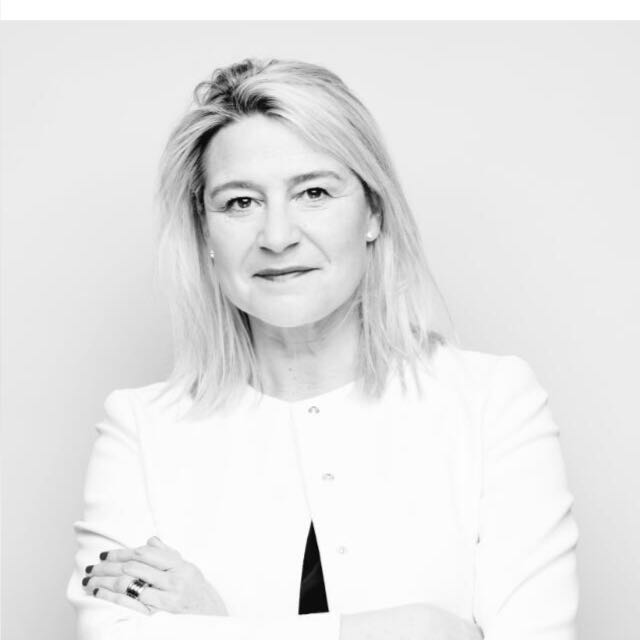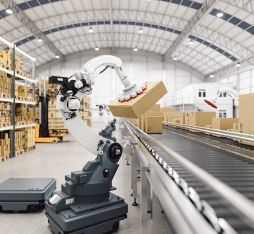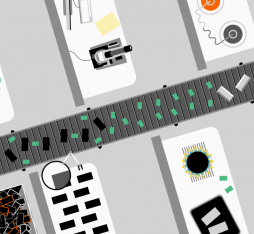• To access advanced features, users must select and set up a smartphone that is compatible with hearing aids.
• Orange and Widex have joined forces to help people with hearing aids access optimised uses and experiences using their smartphones.
There is little resemblance between Professor Calculus’s ear trumpet from the Tintin comics and its decedents today. Over the past few decades, hearing aids have become packed with technology. The transition from analogue to digital towards the end of the twentieth century had already marked a decisive step forwards in improving sound quality and how background noise was picked up. Today, the evolution of hearing aids is playing out in smartphones For people with hearing loss, smartphones support and enhance hearing aid functionality.
Enabling dynamic adjustments that are adapted to the user’s environment, depending on what they want to listen to.
Connectivity is extending the listening experience
According to Benjamin Lehaut, Key Account & Product Strategy Director at Widex: “The hearing aid market has been transformed by the implementation of new technologies in recent years. For example, more than 80% of the solutions currently on the market are Bluetooth-enabled. And, meanwhile, these solutions have a growing number of uses. As well as the basic—yet essential—features such as a selection of listening programs or directional focus, streaming has also come a long way, allowing users to enjoy the sound of video/audio content directly from their device. We are also finding a place for AI in our products, which is enabling dynamic adjustments that are adapted to the user’s environment, depending on what they want to listen to. But accessing all these new capabilities is not a given. It is contingent on a user’s smartphone and hearing aid being compatible and pairable.”
This compatibility is organised and verified by two standards: MFi certification for the world of iOS mobile devices, and the ASHA protocol for the Android ecosystem.
Making compatible smartphones and their setup more accessible
Despite these labels, it’s not always easy for hearing aid users to select the right smartphone—the cost can be prohibitive—and then configure it for optimal use. In France, six million people are hard of hearing. To ensure optimal compatibility of hearing aids and smartphones, Orange offers customers personalised support in choosing their device. As Florence Paour-Mauffré, Equipment VP Orange France, explained:
- “To begin with, we have made our range of compatible smartphones easily identifiable, both in store and on orange.fr, by including a dedicated icon on the product sheet. These smartphones might be new or refurbished, seeing as 65% of refurbished devices in Orange’s catalogue are compatible with the and standards.”
- “Then, we offer personalised support via our in-store advisors to help customers make informed product choices depending on their profile and budget.”
- “Finally, users who have come in on the recommendation of their hearing aid specialist are offered our flash setup service to ensure that they receive assistance when configuring their new smartphone, which includes starting it up and transferring data from their old mobile.”
Guiding the manufacturing ecosystem
The aim of this partnership, driven by the Innovation France and Accessibility team, is to make the technology and price tags of these devices more accessible — compatible mobiles in the range cost between €249 and €2000. In addition to this joint effort, which covers a portion of the value chain, there needs to be a commitment from smartphone manufacturers. Orange is leveraging its relationships with manufacturers to encourage the alignment of their products with the standards. 95% of iPhones are now compatible with hearing aids; as for Androids, 50% of Samsung smartphones and only 30% of those from other Android manufacturers are ASHA-certified.
Photo credit: Widex
Read more :
Adapt your mobile (Orange France online shop, in French)
 Benjamin Lehaut
Benjamin Lehaut
 Florence Paour-Mauffré
Florence Paour-Mauffré










